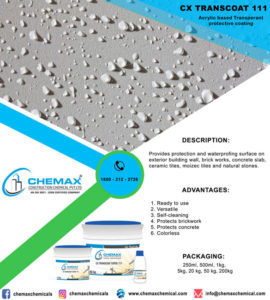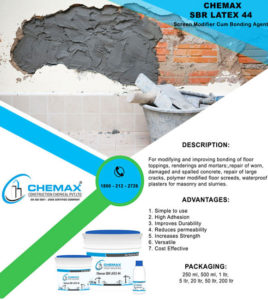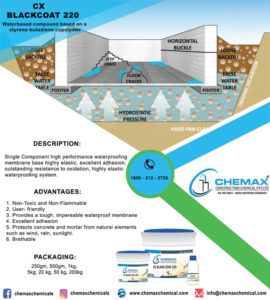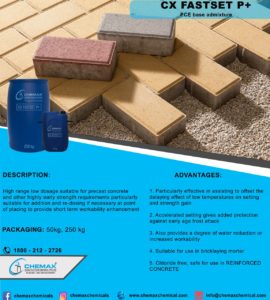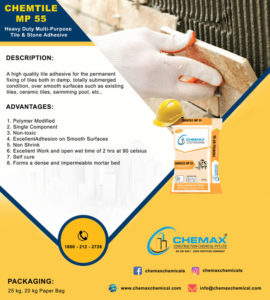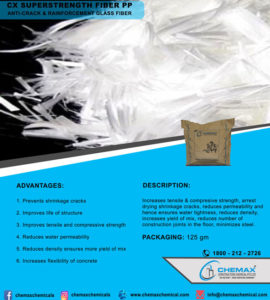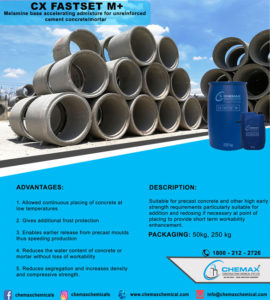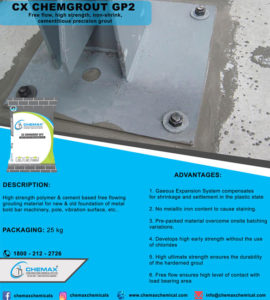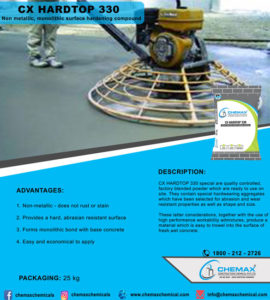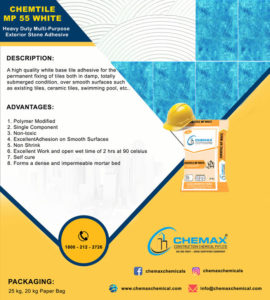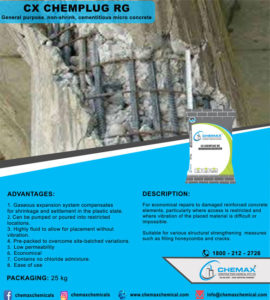Are You Ready to Use Tiles to Redesign Your Space? This is all the information you require to install tiles on walls or fix tiles on floors, as well as how tile adhesive may help you do such tasks as effectively as possible.
No matter what part of your house you’re remodeling—the kitchen, bathroom, or any other—using tiles Adhesive is a terrific method to make it look better. But what happens if you install tiles without knowing the crucial details and procedures involved in the procedure? To guarantee your tiled surfaces’ long-term beauty and functionality, appropriate tile installation is essential. Inadequate tile installation can lead to a number of problems, including unsightly gaps, uneven tile surfaces, and—above all—damaged structural stability.
While cement is still a common material for tile repair, tile adhesives have become more and more well-liked due to its ease of use, robustness, and adaptability. Our primary goal in this blog article will be to use tile adhesive to achieve a perfect tile installation & Tile Adhesive Chemical Manufacturer. Unsecured tiles have the ability to break loose over time, posing a risk of trip hazards or harming the base beneath them.

What is Tile Adhesive? What Role does it Play in Tile Fixing?
Tile adhesive, commonly known as polymer modified tile mortar cement or glue, is a powdered material composed of cement and polymers. It creates a high bonding adhesive when combined with water, which is utilized to hold the tiles together. With the help of this glue, the tile and the underlying surface (such as walls or floors) are firmly connected, avoiding any cracks or gradual tile loosening. Furthermore, tile adhesive ensures a level and even surface free from uneven settling by steadily distributing the weight of the tiles.
In addition to being adhesive, many tile adhesives also provide waterproofing, which is particularly important in areas that get wet easily, such kitchens and bathrooms. Some tile adhesives ( Like CHEMTILE 2K77, CHEMTILE MP 55, CHEMTILE GP 44 ) are designed to be slightly flexible, meaning that they can tolerate some movement without breaking the tile. This flexibility is useful in locations where there is a lot of foot activity or substrate movement, such high-traffic areas.


Therefore, it is crucial to select the appropriate Tile Adhesive Manufacturer for your unique needs and closely adhere to the recommended methods for laying tiles on a wall or floor in order to maximize the advantages and benefits provided by tile adhesive and ensure a successful tile installation.




